There are two types of Achilles tendinitis
Insertional Achilles Tendinopathy:
- Pain at the bottom of the Achilles tendon (where it connects into the heel bone);
- Caused by compressive forces of the tendon on the heel bone when the ankle is dorsiflexed (foot flexed upwards).
Mid-Portion Achilles Tendinopathy:
- Pain 2-6 cm up from the bottom of the Achilles tendon;
- Usually caused by overuse of the tendon.
Physical Therapy
A physiotherapist might suggest some of the following treatment options:
- Exercises. Therapists often prescribe specific stretching and strengthening exercises to promote healing and strengthening of the Achilles tendon;
- A special type of strengthening called “eccentric” strengthening, involving a slow let down of a weight after raising it, has been found to be especially helpful for persistent Achilles problems;
- Orthotic devices. A shoe insert (orthotic device) or wedge that elevates your heel within your shoe may relieve strain on the stretched tendon and provide a cushion that lessens the amount of force exerted on your Achilles tendon;
- Tecartherapy and Shockwave Ideal in acute and chronic pain.
Tecartherapy decreases the concentration of pro-inflammatory mediators and improves capillary permeability, resulting in the total eradication of inflammation.
Shockwave is a procedure where waves are passed through the skin to the injured part of the foot using a special device. The shockwaves are mechanical and not electric; they are audible, low energy sound waves, which work by increasing blood flow to the injured area. This speeds up the body’s healing process. You will usually require a course of 4-6 treatments, 1 weeks apart. If Shockwave does not help your pain, then sometimes an operation may be available, depending on your condition. Your physio will discuss this with you.
Side effects
You will feel some pain or discomfort during the treatment, but most people find this manageable.
After the treatment, you may have redness, bruising, swelling and numbness to the area. These should improve within a week and before your next treatment.
For more info you can contact me by phone or Whatsapp 07455250006 or by email info@romenendezphysio.com.
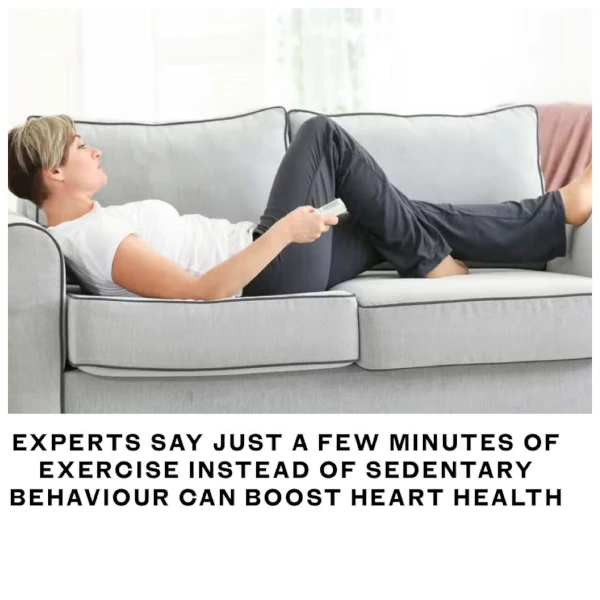
Few minutes of exercise
Experts say just a few minutes of exercise instead of sedentary behaviour can boost heart health Any activity – even sleeping or standing – is better for your heart than sitting down, research suggests. New evidence reinforces why sedentary behaviour is a killer and...
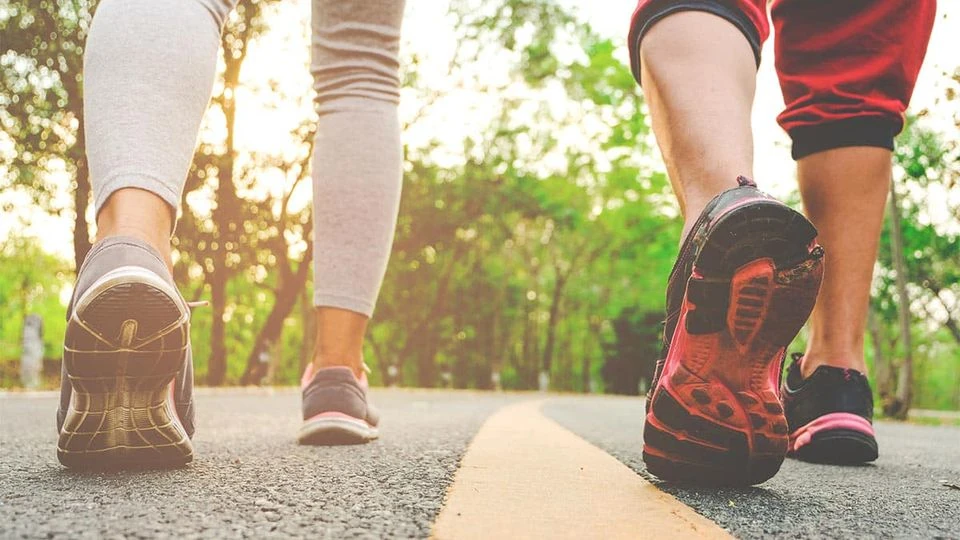
Benefits of walking after eating
Benefits of walking after eating Walking is a low-impact exercise that's easy on your joints and can be done just about anywhere. But, did you know there are specific benefits of walking after eating? Here are five benefits of walking after eating. Some of them may...
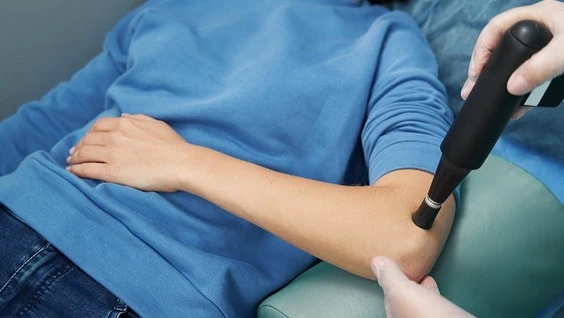
Shockwave Therapy
Shockwave Therapy Shockwave Therapy is a treatment modality for a variety of lower and upper limb conditions. These include: Tennis elbow; Golfer’s elbow; Greater trochanteric pain syndrome; Proximal hamstring tendinopathy; Patella tendinopathy; Insertional Achilles...
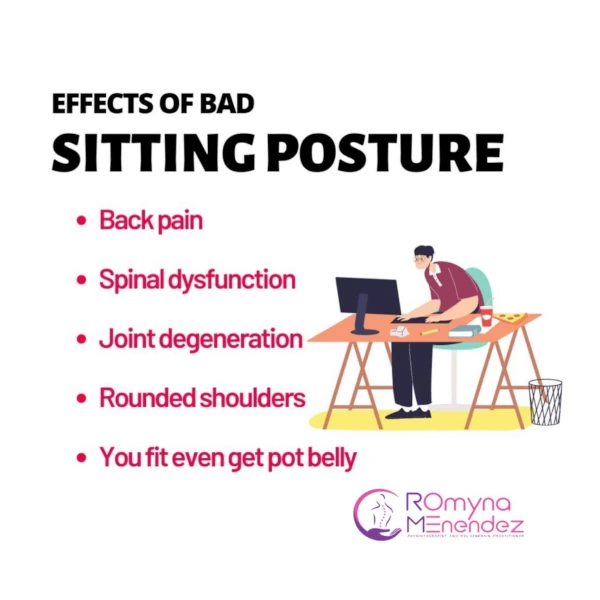
Improve your posture with physiotherapy
Improve your posture with physiotherapy Physiotherapy is a proven treatment to improve posture. Physiotherapists will use a combination of hands on treatment, stretches, and physiotherapy exercises to help correct poor posture and re-balance the body. About Me My name...
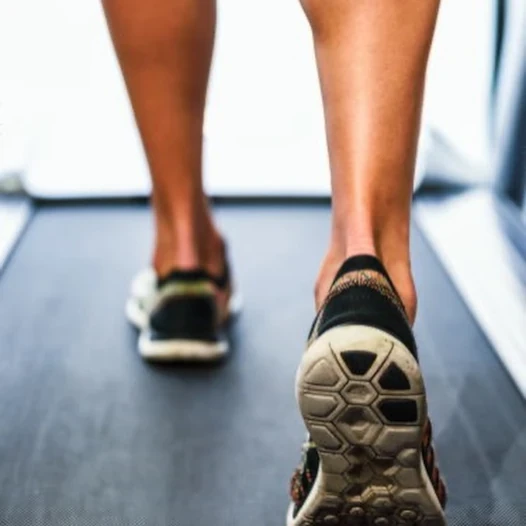
Walking backwards is good
Walking backwards Walking is more complicated than many of us realize. Remaining upright requires coordination between our visual and proprioceptive (awareness of where our bodies are in space) systems. When we walk backwards, it takes longer for our brains to process...

What is Fascia?
Fascia: what is it, how do you train it, and why bother? If you’ve dealt with stiffness and pain in the recent past, you may have come across fascia training — an approach that many in the fitness are encouraging people to do. That means working to improve the health...

World Physiotherapy Day
World Physiotherapy Day In 1996, 8 September was designated as World PT Day. This is the date World Physiotherapy was founded in 1951. The day marks the unity and solidarity of the global physiotherapy community. It is an opportunity to recognise the work that...
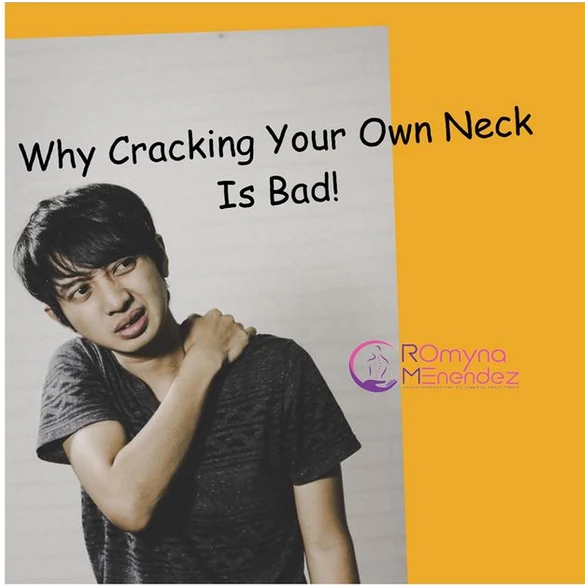
Why cracking your own neck is bad!
Why cracking your own neck is bad! We’ve all seen people “crack” their necks to try to relieve pain or stiffness. When you crack your neck, the action releases gas or fluid from the joints surrounding the neck. The cracking, usually makes you feel better temporarily....
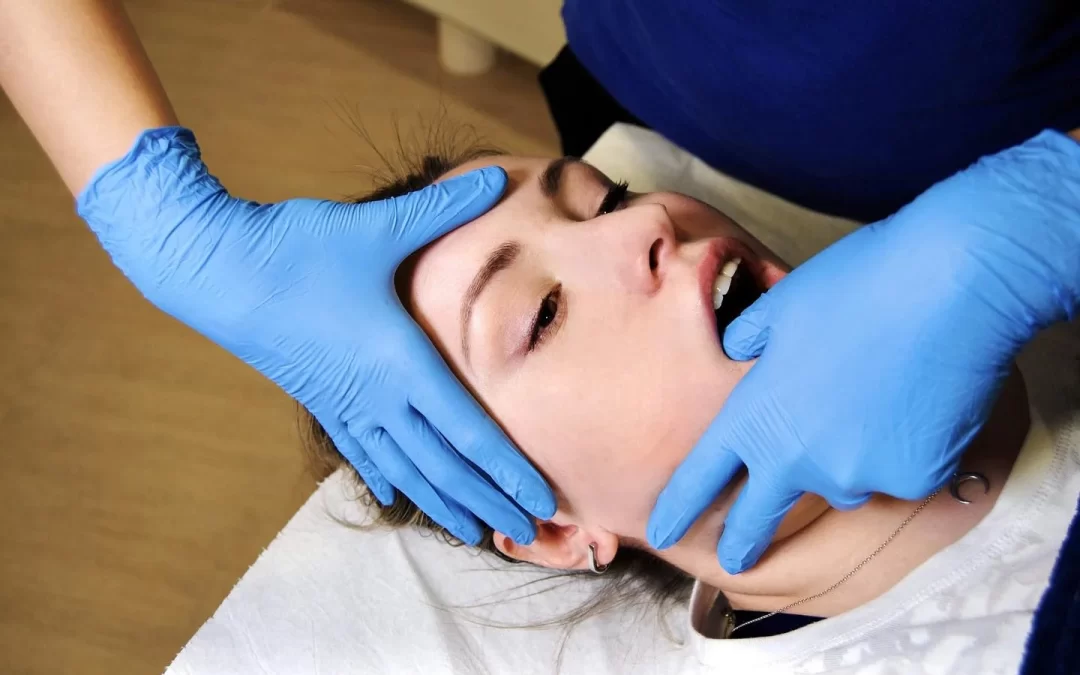
TMJ Dysfunction
What is TMJ dysfunction? TMJ dysfunction is inflammation of the TMJ, which connects the jaw to the skull. This can cause pain and reduced function. The TMJ is a complex joint and can be affected by several problems: Cross bite; Posture; Stress/nervous habits;...
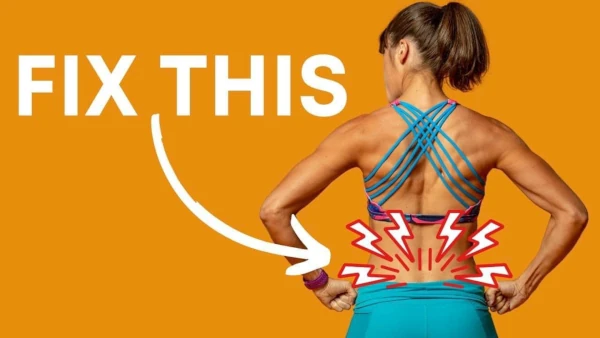
Treating Acute Back Pain
Most cases of acute back pain can be treated using self-help techniques: Medication Sitting Good posture; Back pain supplements; Driving Good posture; Compression packs; Remember, your spine likes movement. Try and change position every 20 – 30 minutes! There is no...
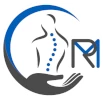

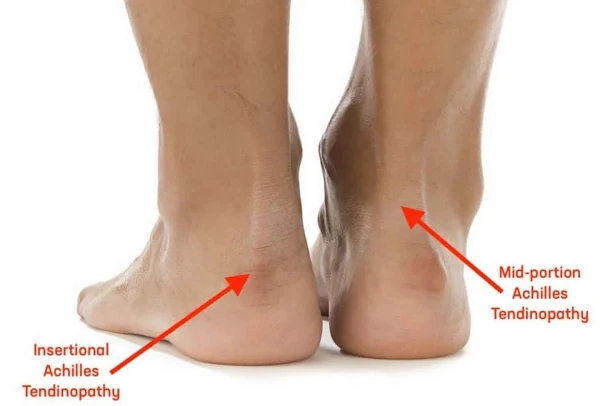

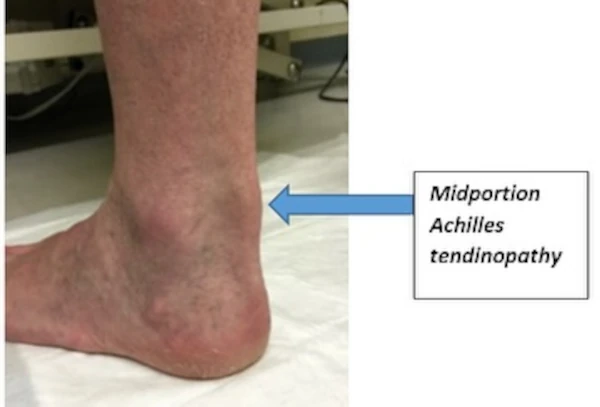
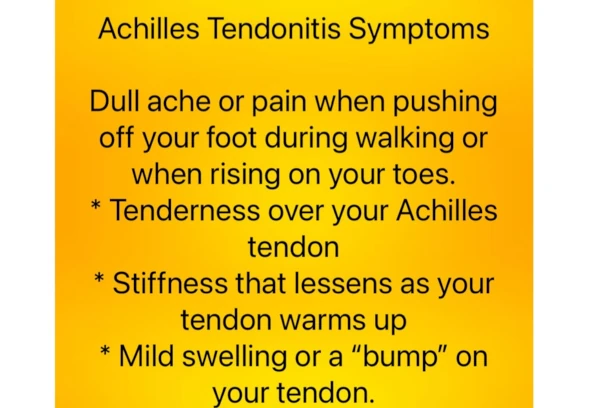
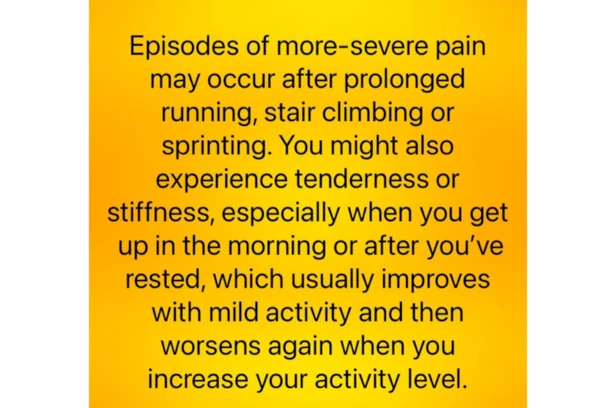
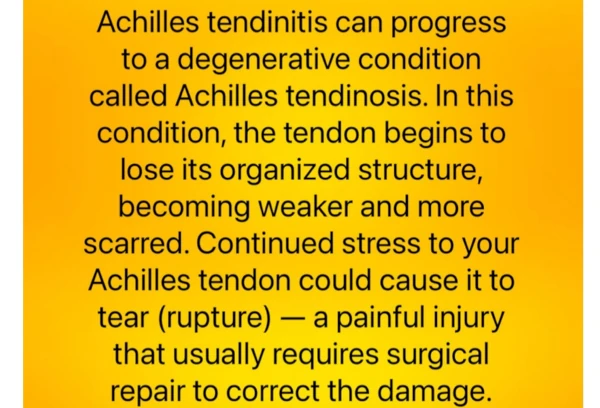
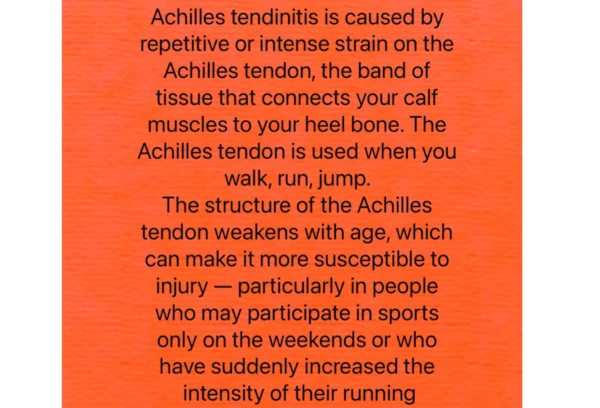
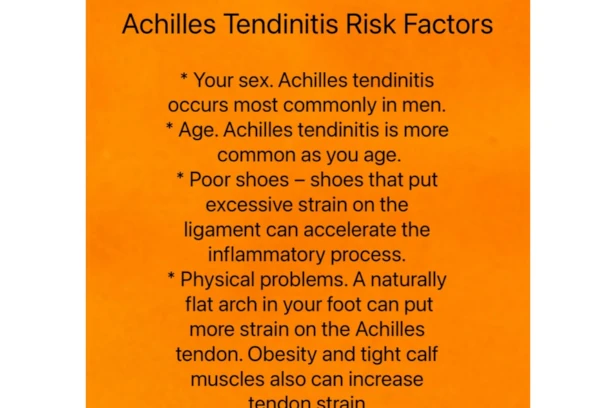
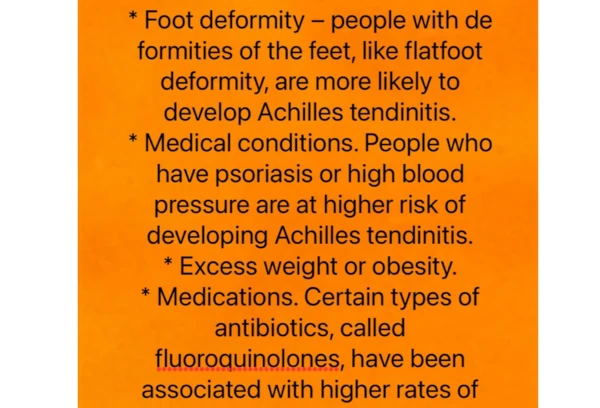
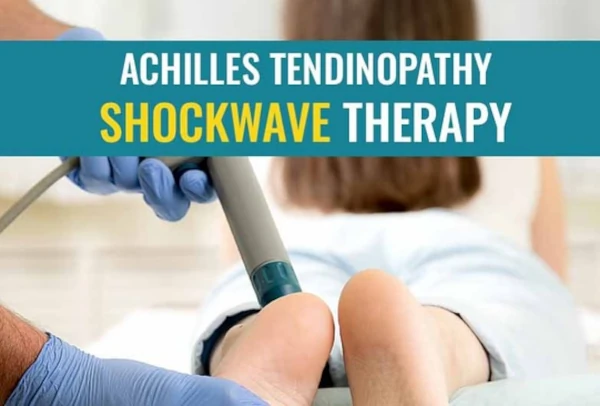
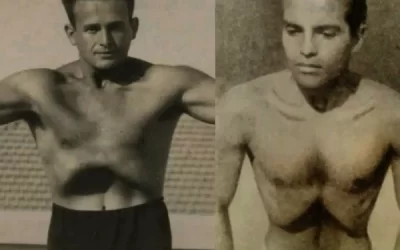

0 Comments